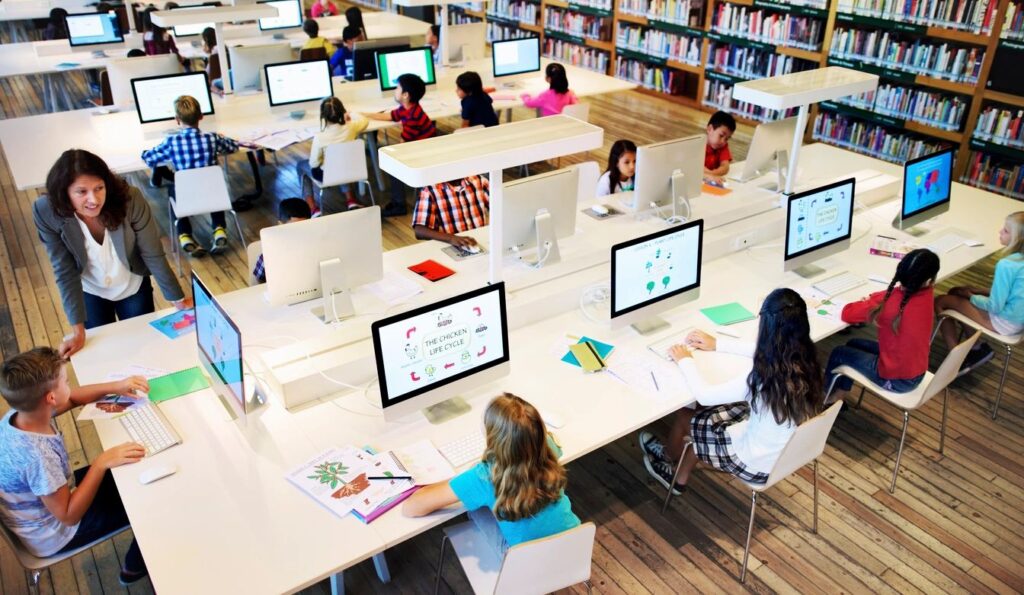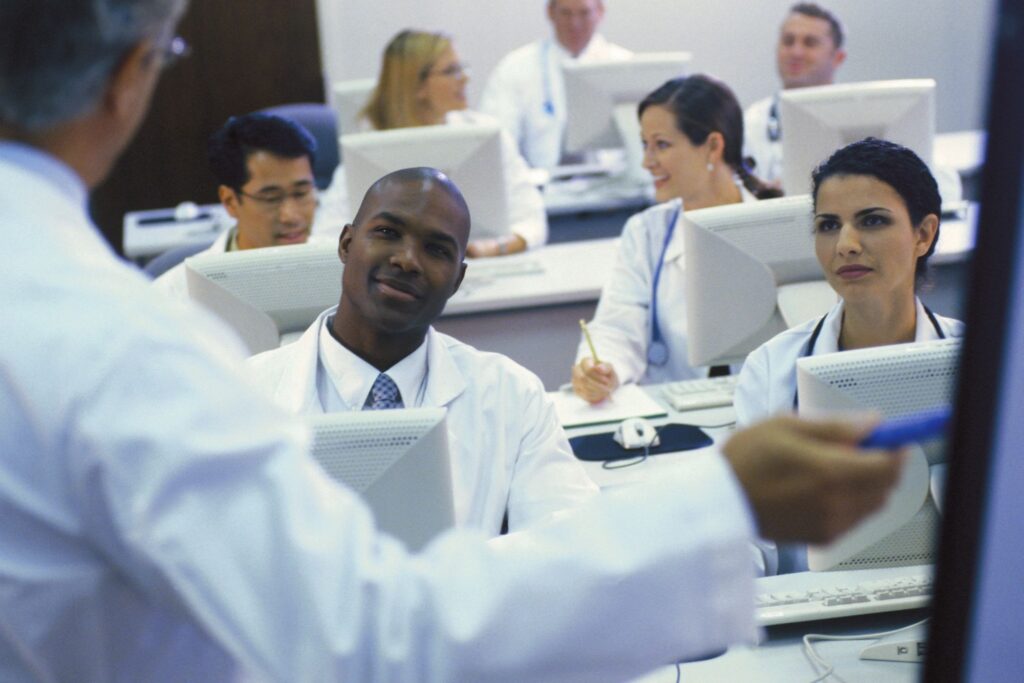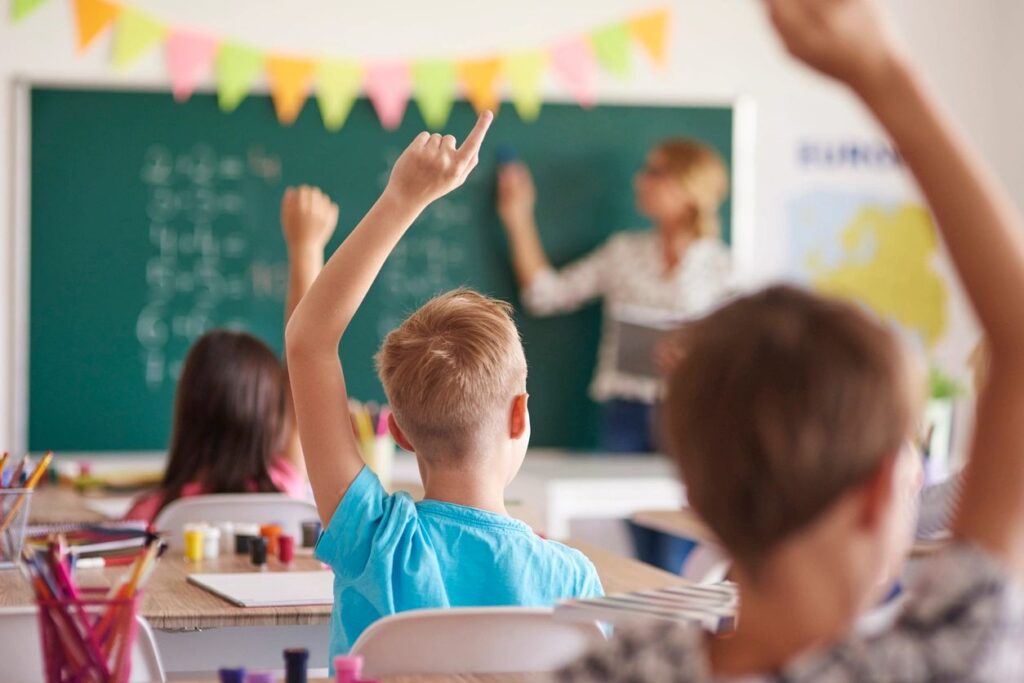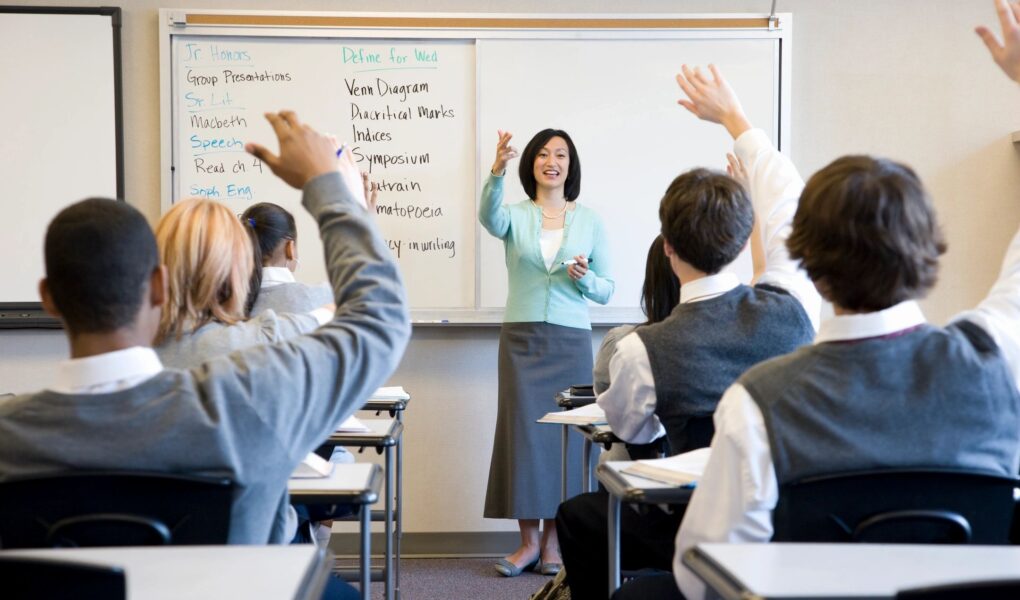Over the past few months, there have been tense arguments regarding the education of school-aged children. Should we stop the quality in-person learning, along with food and housing for some, that millions of students nationwide receive? The seemingly obvious answer would be no – however, this is a wildly uneducated response.

Some may argue that schools must reopen for the overall mental and nutritional support that children of all ages receive. Thirty million children in the US qualify for free and reduced lunch, and many parents have had to rearrange their work schedules in order to accommodate for prolonged care of their children. However, these inconveniences are slight in comparison to the looming threat of the coronavirus. With the subpar handling of the COVID-19 pandemic by the leading members of the US government, the US currently has one of the highest morbidity rates in the world. The country has the most coronavirus deaths globally, with nearly five million cases. Americans continue to gather without adequate protection in great numbers, putting both themselves and those they surround themselves with in great danger. In twelve states, the increase in deaths from the virus was over 50%.

School districts have already tried to reopen, and the consequences were appalling. In Gwinnett County, located in Georgia, more than 260 school staff and employees tested positive for the virus. This information was released after the teachers had already returned to their classrooms for in-person planning, thus putting their younger students at risk. Sloan Roach, a spokeswoman for the school district, said a majority of cases had been attributed to community spread. “We have people who have called in to report who have not been at school or work,” she said, adding that positive cases were to be expected. At Corinth High School in northern Mississippi, a school that has gone to great lengths to prevent transmission despite rejecting remote learning, at least three students have tested positive for the virus since school started last week, and about 40 are in quarantine. There is also great uncertainty from school officials regarding the minimum amount of infected students and/or staff needed to close down schools again. Different states have different ‘minimum’ amounts, showing their lack of expertise or consultation on the topic. Thousands of students across the country have been testing positive for the virus. Although the effects are downplayed greatly, the effects of catching the coronavirus are, in truth, monumental. In Florida itself, at least seven minors have died from COVID-19. Additionally, students are more likely to catch the virus and pass it on to elders or high-risk family member with underlying health issues. Even if children are less likely to get seriously sick, “every child that I know lives in a home with an adult,” said Dr. Harry Heiman, a clinical associate professor of health policy and behavioral sciences at Georgia State University. “The idea that you can safely reopen schools and not in fact worsen spread is not based on science,” he added. “It’s based on wishful thinking.”

In addition, protection is more than just wearing a mask. With educational funding already surprisingly lacking, it will become difficult to provide for every single school. There would need to be protective screens, six-foot mandates, along with several other guidelines that are impractical to carry out in a school setting. The main problem is that physical distancing is unlikely to happen at most schools. Public school includes packed hallways with students walking in all directions; full classrooms with desks just inches apart; crowded bathrooms and crammed lunch halls. Without following these strict regulations, the transmission rate will only increase.
Therefore, schools cannot reopen this year – especially not in the US – without risking the lives of millions of more Americans. One school year of remote learning cannot possibly impact a student’s life more than the sizable potential threat of death itself. Policymakers must shift their attention from attempting to make in-person school safe, and instead look into effective remote learning options. The only way to make it through this pandemic is if everyone works together, and this will not and can not happen without the cooperation of schools and governments.




